|
With con artists continually developing new scams, ensuring your bank accounts are protected and that you're educating yourself is essential. Our go-to resources are here to provide helpful information on ID theft prevention, Cyber Security, and more!
Cyber Security
|

What Is The Dark Web and Why Should You Care?
What happens when stolen information shows up on the Dark Web? Is there anything you can do about it?
Read More
|

Your Computer Has Malware. What Should You Do?
Malware can be devastating. Here are some warning signs and things you can do to prevent it.
Read More
|
|

Online Account Takeover
People want access to your accounts. Learn how to keep your money safe.
Read More
|
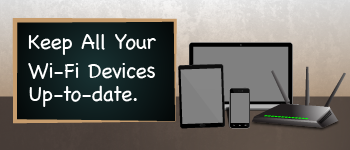
Wi-Fi Networks Vulnerable
Learn how to protect yourself from Wi-Fi vulnerabilities like the newly discovered KRACK exploit.
Read More
|
|
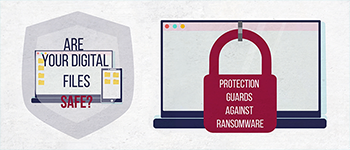
Protect Your Data From Being Held Hostage By Ransomware
Are you guarding your digital information against being held hostage by ransomware? Learn what you can do.
Read More
|
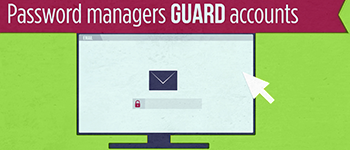
Password Managers Can Help Keep Your Online Accounts Safe
How do you keep track of your online passwords? Learn how a password manager can help.
Read More
|
|

Are You Protecting Your Email Accounts?
Are you guarding your email against both the outside and the inside? Learn how today.
Read More
|
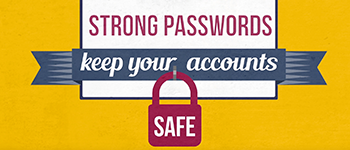
Tips For Creating Strong Passwords
Learn how you can create strong passwords to safeguard your online accounts.
Read More
|
Identity Theft
|
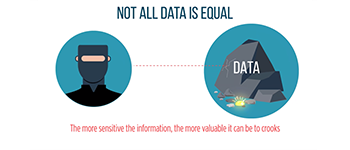
Some Stolen Personal Data Is More Sensitive Than Others
Not all stolen data is equal. The more sensitive the information, the more damaging it can be. Learn what you can do.
Read More
|
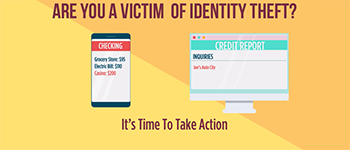
Are You A Victim Of Identity Theft? Then, it's Time To Take Action.
You must take action if you suspect you are a victim of identity theft. Here are some things you can do.
Read More
|
|
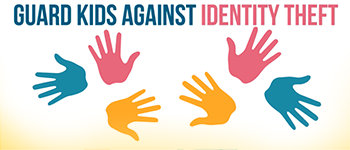
Help Protect Your Kids Against Identity Theft
How do you guard a child's personal information, and what should you do if it is misused?
Read More
|
|
Scams
|
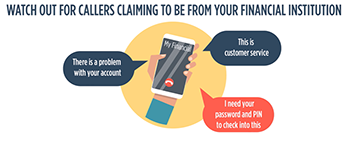
Watch Out For Scammers Claiming To Be From Your Bank
Here are some essential things to think about if someone calls claiming to be from your financial institution.
Read More
|

Watch Out For Package Delivery Scams
Be on the lookout for package-delivery scams designed to infect your devices or to get access to your personal information.
Read More
|
|

Some Scammers Are Targeting Personal Payment Apps
Some scammers use that handy peer-to-peer mobile payment app to trick you out of your money. Learn more.
Read More
|
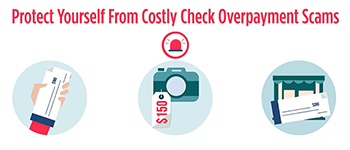
Protect Yourself From Costly Check Overpayment Scams
Beware if someone overpays you and then asks you to refund the overpayment amount. It could be a costly scam.
Read More
|
|
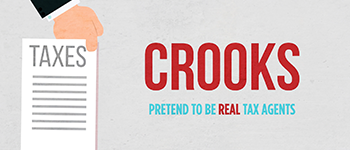
Crooks Use Tax Time To Steal Money, Information
Tax time can be prime time for tax-related scams. Learn how to protect yourself today.
Read More
|
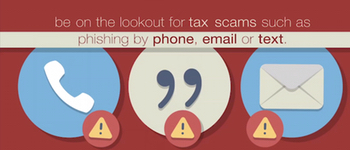
Beware of Tax Scams
Did you know that tax time can be prime for scammers and identity thieves?
Read More
|
|
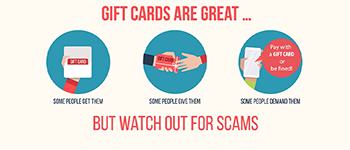
Protect Yourself From Becoming A Victim Of Gift Card Scams
You must watch out for scammers whether you get or give gift cards. Find out why.
Read More
|
|
Mobile Security
|
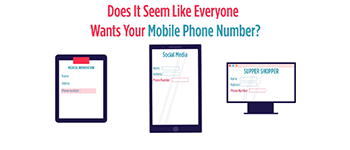
It's Important To Protect Your Mobile Phone Number
– And Your Phone
Learn why experts say it's crucial to protect your cell phone number from falling into the wrong hands.
Read More
|

Mobile Banking Security Tips
Security is at the core of our easy-to-use mobile banking app. Learn more today!
Read More
|
|
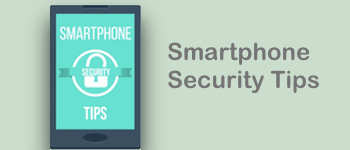
Smartphone Security Tips
Are you taking steps to keep the data on your smartphone secure? Learn what you can do today!
Read More
|
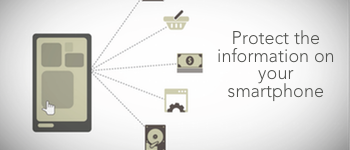
Protect the Information on Your Smartphone
Our smartphones are capable of many things: email, shopping, banking, apps, and storing information. Unfortunately, this can expose you to identity theft unless you take some precautions.
Read More
|
Business Security
|
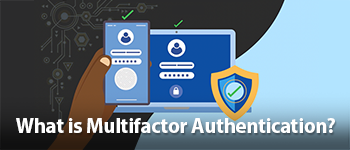
Multifactor Authentication for Businesses
Businesses have become increasingly vulnerable to hackers trying to access their employee email accounts and other vital systems. Multifactor authentication can help protect your data.
Read More
|

Things to Consider for Multifactor Authentication Implementation
Multifactor Authentication can help your business enhance online, VPN, or application security, but there are several things to keep in mind.
Read More
|
|

Is your business prepared for a cyberattack?
The threat of a cyberattack is at its peak amid escalating international tensions. Is your business prepared?
Read More
|

Helping Your Business Recover From Ransomware
If your business becomes a ransomware victim, experts recommend various steps to take toward recovery.
Read More
|
|
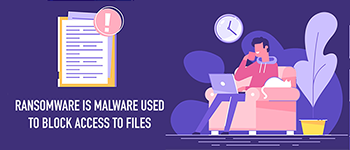
How Can You Protect Your Business From Costly Ransomware?
As more employees work from home, ransomware attacks on businesses are increasing. Find out what you can do.
Read More
|
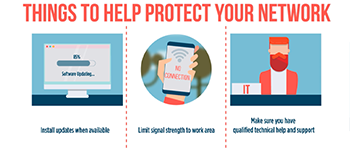
Take Some Simple Steps To Protect Your Wireless Network
There are a variety of things you can do to secure your Wi-Fi network. Here are some tips.
Read More
|
|
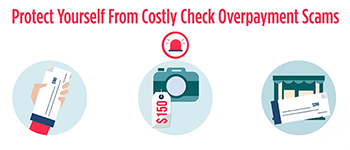
Protect Your Business From Costly Check Overpayment Scams
Beware if someone overpays your business and then asks you to refund them the overpayment amount. It could be a costly scam.
Read More
|
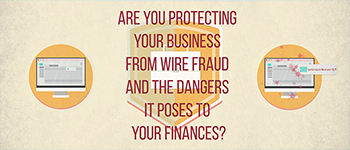
Tips To Protect Your Business From Wire Fraud
Learn things you can do to help protect your business from wire fraud.
Read More
|
|
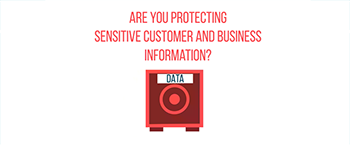
Is Data Security A Priority At Your Business? It Should Be.
Are you doing all you can to protect your customers and business against identity theft?
Read More
|

Teach staff how to keep business computers and devices safe from cybercrime.
Are you doing all you can to keep your business computers safe from cybercrime?
Read More
|
|
